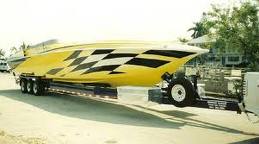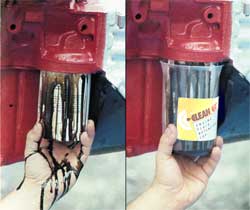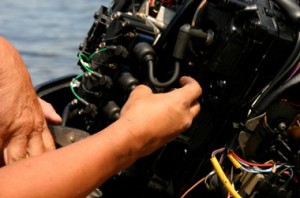Tips for Trailering Part 4
 One thing many boat owners don’t pay attention to is the weight of their boat. The weight we want, though, is not the weight of the boat in the water carrying all of your supplies and your friends and family. The weight you need to know about is called the “dry weight” of your boat. This refers to the weight of the boat without any fuel or gear of any kind. In some instances this may also be the weight of the boat without the engine.
One thing many boat owners don’t pay attention to is the weight of their boat. The weight we want, though, is not the weight of the boat in the water carrying all of your supplies and your friends and family. The weight you need to know about is called the “dry weight” of your boat. This refers to the weight of the boat without any fuel or gear of any kind. In some instances this may also be the weight of the boat without the engine.
So when determining your vehicle’s towing capacity make sure you’re considering the extra weight and strain on your vehicle when you go boating. You’ll want to consider fuel in the engine, your Evinrude XD100 oil, all of your gear and even your passengers. You don’t want to overtax your vehicle in order to enjoy a better boating experience so be sure to do the math and find out just how much you can tow.



